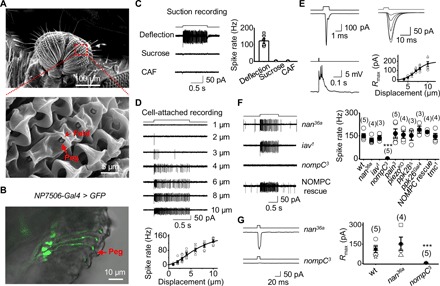Fig. 3. Physiology of MSNs in taste pegs.

(A) SEM image of taste pegs. The inner oral surface of two labellar lobes (top) with the boxed region further magnified (bottom). Taste pegs (arrow) are covered by a fold (arrowhead). (B) Peg neurons labeled by NP7506-Gal4. Overlap DIC and GFP images of a labellar slice from a NP7506-Gal4, UAS-SYN21-GFP-P10 fly. The arrow indicates a peg. (C) Peg neurons labeled by NP7506-Gal4 are mechanosensitive. The recorded NP7506 peg neuron fires action potentials to peg deflection but not sucrose and CAF (left); collective data (right; n = 6). Mechanical deflection, 10 μm; sucrose, 100 mM; CAF, 50 mM. (D) Deflection dependence. Spike firing rate increases with peg deflection (top); collective data (bottom; n = 6). The fit is with a Boltzmann function. The deflection amplitudes are indicated. (E) Patch-clamp recordings on peg MSNs. Left: Mechanotransduction currents (deflection, 1 ms and 10 μm; voltage clamp, top); depolarization and action potential firing (current clamp, bottom). Right: A family of superimposed mechanotransduction currents to a 5-ms deflection of 4, 5, 6, 7, 8, and 10 μm (top); the current-displacement relationship (bottom) with X1/2 = 7.0 ± 0.1 μm and Xslope = 1.43 ± 0.01 (n = 6). (F) Dependence of mechanosensitivity of peg neurons on NOMPC. Left: Representative spike firing to sensillar deflection. Right: Collective data. ***P < 0.001. Mechanical deflection, 10 μm. (G) NOMPC is required for mechanotransduction. Left: nompC3 eliminates mechanotransduction currents; nan36a does not affect mechanotransduction currents. Right: Collective data. Mechanical deflection, 10 μm. ***P < 0.001.
